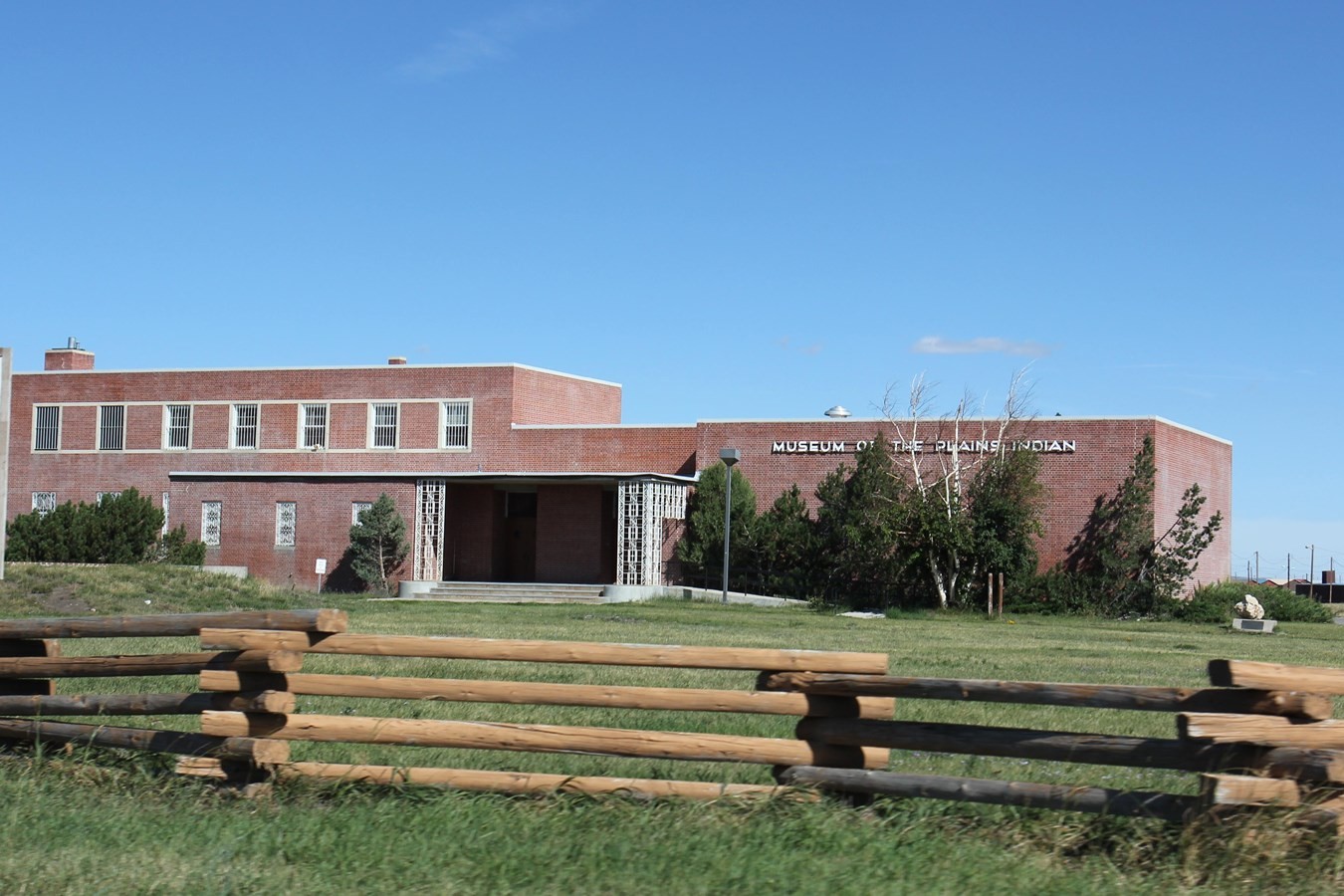Secrets Of Great Plains Indigenous Trade Routes

Have you ever wondered how ancient trade routes shaped the lives of Great Plains Indigenous peoples? These paths were more than just trails; they were lifelines connecting tribes, fostering relationships, and exchanging goods. Imagine a network where buffalo hides, pottery, and even stories traveled vast distances. These routes helped create a rich tapestry of culture and commerce. Understanding these ancient highways offers a glimpse into the ingenuity and resilience of Indigenous communities. Let's dive into the secrets of these trade routes and see how they influenced the Great Plains' history and culture.
Ancient Trade Routes of the Great Plains
The Great Plains, a vast expanse of grasslands stretching from Canada to Texas, were once crisscrossed by intricate trade routes. Indigenous tribes used these paths to exchange goods, ideas, and culture. Let’s explore some key locations along these ancient highways.
1. Cahokia Mounds
Cahokia, near present-day St. Louis, was a major trade hub. It connected tribes from the Great Lakes to the Gulf of Mexico. Traders exchanged goods like copper, shells, and pottery. Cahokia’s influence spread far and wide, making it a central point in the trade network.
2. Mandan Villages
Located along the Missouri River in North Dakota, the Mandan Villages were bustling centers of commerce. The Mandan people traded with tribes from the Rockies to the Mississippi River. They were known for their earth lodges and agricultural products, which were highly sought after by other tribes.
3. Santa Fe Trail
The Santa Fe Trail, stretching from Missouri to New Mexico, was a vital trade route. Indigenous tribes, Spanish settlers, and American traders used this path to exchange goods. The trail facilitated the movement of items like silver, furs, and textiles, linking the Great Plains to the Southwest.
4. Black Hills
The Black Hills in South Dakota were rich in resources like gold and timber. Indigenous tribes, including the Lakota, used these resources for trade. The Black Hills also served as a meeting place for tribes to negotiate and form alliances, further strengthening trade networks.
5. Great Bend of the Arkansas River
The Great Bend, located in present-day Kansas, was a strategic trade location. Tribes like the Wichita and Pawnee used this area to trade bison hides, crops, and crafted goods. The river provided a natural route for transporting goods, making it a key point in the trade network.
6. Knife River Indian Villages
Situated in North Dakota, these villages were home to the Hidatsa and Mandan tribes. The Knife River Villages were known for their agricultural products, especially corn. They traded with tribes from the Plains and beyond, making them an essential part of the trade routes.
7. Platte River Valley
The Platte River Valley, running through Nebraska, was a major corridor for trade. Tribes like the Pawnee and Omaha used this route to exchange goods with tribes from the Rockies to the Mississippi. The valley’s fertile land also supported agriculture, adding to its trade significance.
8. Red River Valley
The Red River Valley, spanning North Dakota and Minnesota, was another crucial trade area. Tribes like the Dakota and Ojibwe traded furs, wild rice, and crafted items. The river served as a natural highway, facilitating the movement of goods and people.
9. Missouri River
The Missouri River, the longest river in North America, was a lifeline for trade. Tribes along its banks, including the Sioux and Arikara, used the river to transport goods. The Missouri connected the Great Plains to other regions, making it a vital artery in the trade network.
10. Fort Union Trading Post
Located on the border of North Dakota and Montana, Fort Union was a major trading post. It served as a meeting point for tribes, trappers, and traders. Goods like bison hides, beads, and metal tools were exchanged here, making it a bustling center of commerce.
11. Pecos Pueblo
Pecos Pueblo, in present-day New Mexico, was a key trade center. It connected the Great Plains to the Southwest. The Pueblo people traded pottery, textiles, and turquoise with Plains tribes. Pecos Pueblo’s strategic location made it an important link in the trade network.
12. Taos Pueblo
Taos Pueblo, also in New Mexico, was another significant trade hub. The Pueblo people traded with Plains tribes, exchanging goods like pottery, blankets, and food. Taos Pueblo’s connections extended far and wide, making it a crucial point in the trade routes.
The Legacy of Great Plains Indigenous Trade Routes
Great Plains Indigenous trade routes were more than paths; they were lifelines connecting diverse cultures. These routes facilitated the exchange of goods like buffalo hides, pottery, and tools, enriching communities. They also spread ideas, traditions, and innovations, fostering a rich cultural tapestry.
Understanding these trade networks sheds light on the ingenuity and resilience of Indigenous peoples. Their ability to navigate vast landscapes and establish complex trade systems speaks volumes about their adaptability and resourcefulness.
Today, these ancient routes remind us of the interconnectedness of human societies. They highlight the importance of cooperation and mutual benefit. Preserving this history is crucial for honoring the legacy of Indigenous cultures and learning from their sustainable practices.
Exploring these trade routes offers valuable insights into the past, helping us appreciate the rich heritage of the Great Plains and the enduring spirit of its Indigenous peoples.

